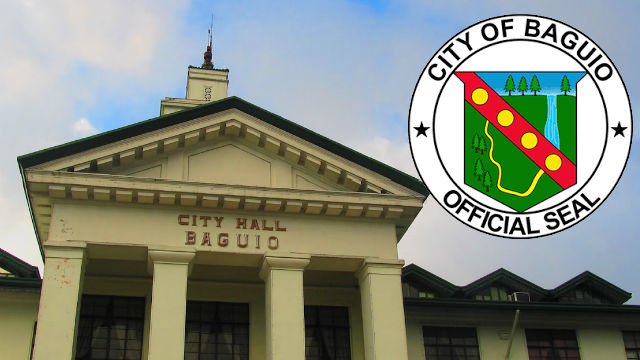The BSU Online Journal System (OJS) was finally launched to the world wide web on July 9, 2018 after its public IP address has been set up by the BSU-ICT Division.
It can be recalled that the BSU OJS was turned over to the Research and Extension Publication Office (REPO) through an Orientation and Turn-Over Ceremony on April 26, 2018. At that time, the said journal was only accessible through BSU servers.
University Library and Information Services (ULIS) director, Lauren T. Kipaan said that this development would strengthen the online visibility of the University and its research authors which will also help fulfill the standards set by regulatory bodies such as CHED.
The platform and workflow of the BSU OJS is by the Open Journal Systems Public Knowledge Project (OJS -PKP), a multi-university initiative in developing open source software and in conducting research to improve the quality and reach of scholarly publishing.
Kipaan expects that the BSU OJS will be searchable in Google Scholar after a while. As of press time, there are 73 researches deposited at the online journal as the challenge of encouraging more authors in the University to publish their researches still looms.
Kipaan noted that there are so many quality researches with relevant results being produced by BSU but are not disseminated well.
“BSU researchers should be open to the idea that the more they publish, the more that their research becomes theirs especially if they are the first to publish,” said Kipaan.
To publish at the BSU OJS, the researchers must comply with five conditions. These are: (a) the submission must not be previously published, nor is it for consideration before another journal but an explanation can be provided in the Comments to the Editor; (b)the submission file is in Open Office, Microsoft Word, or RTF document file format; (c)where available, URLs for the references have been provided; (d) the text is single-spaced; uses a 12-point font; employs italics, rather than underlining (except with URL addresses) and all illustrations, figures, and tables are placed within the text at the appropriate points, rather than at the end; and (e) the text adheres to the stylistic and bibliographic requirements outlined in the Author Guidelines.
Kipaan hopes that the BSU OJS will soon be filled up and will continually be updated or improved. He also committed that the ULIS and ICT Division will provide necessary training to future personnel who will be hired to maintain and manage the journal.
By Jen S. Tabangcura













